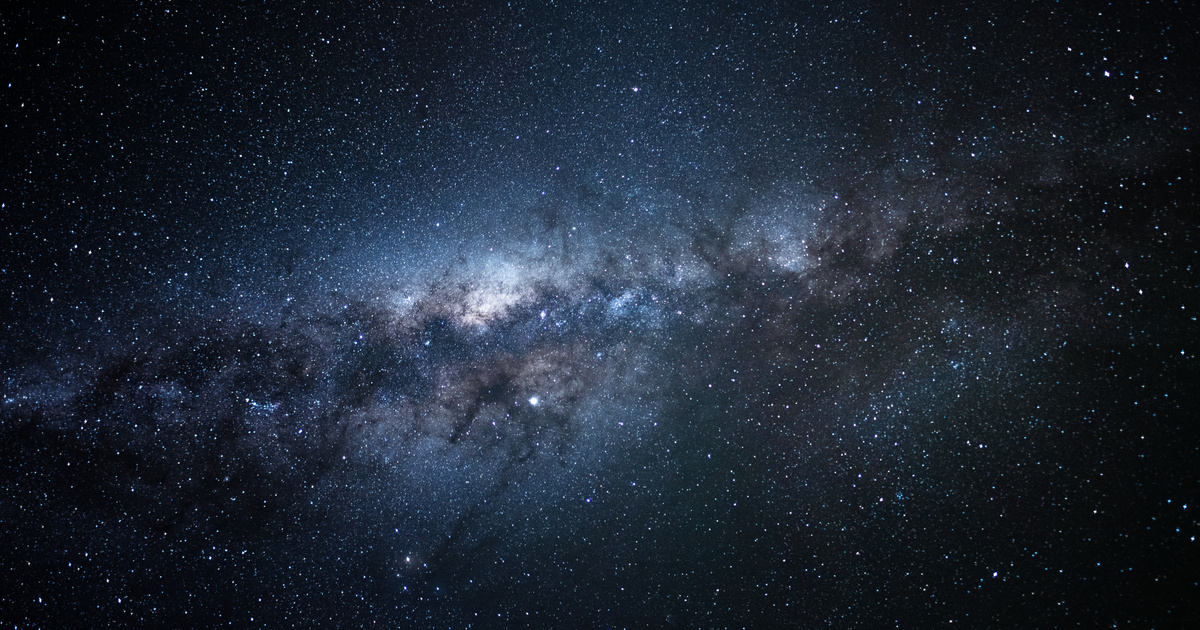It's not just a discovery made by the European Space Agency (ESA). The organization was able to find evidence indicating the existence of planets outside the solar system that could form halos, or lights of glory. The European Space Agency had already succeeded in documenting this phenomenon on Venus in 2014, but now it has far exceeded the discovery of that time, because this time it was able to observe the glow on the surface of WASP-76b.
Halos consist of one or more circular rings that glow in rainbow colors – the outer ring is usually red, while the inner ring is violet. Based on this, we can even assume that the lights of glory are actually the same as the rainbow, but this is not quite the case – points out IFLScience. While in the case of a rainbow we are talking about refraction, that is, the refraction of light, the phenomenon of diffraction, that is, the bending of light, is responsible for the formation of halos.
Hell incarnate
However, according to ESA observations, a halo here or there, WASP-76b is actually more hellish than heavenly. The planet orbits very close to its star, so its surface temperature can exceed 2,400 degrees Celsius, and the fact that WASP-76b has a closed axis rotation doesn't help at all.
We talk about fixed axis rotation when a celestial body's axis rotation period is exactly the same as its orbital period, so it always shows the same aspect toward its parent planet — in this case, its star. A good example of this is the relationship between the Earth and the Moon. Interestingly, as a rule, only smaller celestial bodies become orbital around a closed axis, however, if the difference in the mass of two celestial bodies and their distance from each other is small, it is possible for both to “adapt” to each other. The other.
It is possible that something similar could happen between WASP-76b and today. For this reason, one side of the planet is constantly heated by the Sun, while the other side is in perpetual darkness – but this also means that the two sides have vastly different surface temperatures. For this reason, strong winds can blow over the planet, and iron rain can fall near the border between day and night, where evaporated minerals on the day side begin to condense under the influence of cold air.
This is how he was noticed
Signs of this phenomenon were first captured by the European Space Agency's exoplanetary satellite (also known as Cheops) – but Cheops did not have the ability to directly capture the aurora from this distance. It was quite enough to be noticed, as WASP-76b has an asymmetry: during orbit, it shined much brighter before reaching behind its star than after passing behind the star.
Dr. Olivier Demanjon of the Portuguese Institute of Astrophysics and Space Sciences and his colleagues turned to other space telescopes to help discover what might be behind this, but neither Hubble nor Spitzer were able to solve the problem. Ultimately, the solution came from Khufu, who monitored WASP-76b for another three years and 23 transits. The results showed that the planet's eastern border between the day and night hemispheres is witnessing an intense glow, which could certainly be a halo or a glory glow.
What could cause this? – Not known yet. On Earth, water is responsible for the formation of halos, but the fact that we also observed this phenomenon on an exoplanet does not mean that water is responsible for it there as well. According to the researchers, it is possible that iron rain is behind the development of this phenomenon, although a more complex scenario is considered more likely.

Once again, 150 new and exciting topics with amazing answers













































